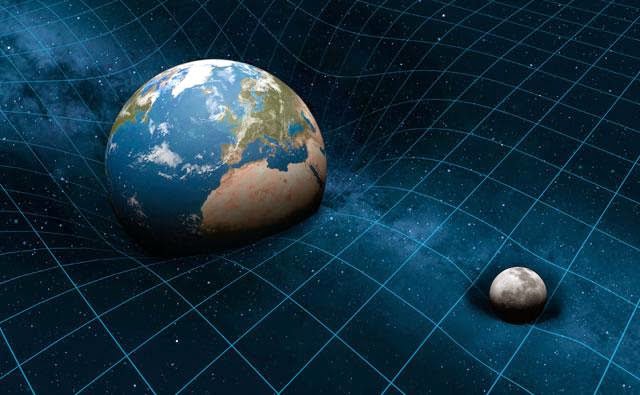University of Queensland scientists used photons (single light particles) to simulate
time-traveling quantum particles. Research is at the forefront and the results could
be dramatic!
Their research, titled "Experimental Simulation of Closed Time Curves", is published
in the latest issue of Nature Communications. The grandfather paradox states that if
a time traveler goes back in time, it could accidentally prevent his grandparents
from meeting, and thus prevent his birth.
However, if he had never been born, he would never have been able to travel back in
time in the first place. The paradoxes are largely caused by Einstein's theory of
relativity and its solution, the Gödel metric.
How relativity works Einstein's theory of relativity has two parts: general relativity
and special relativity. Special relativity assumes that space and time are aspects of
the same thing, known as space-time continuum, and that time can slow down or speed
up, depending on how fast you are moving, compared to something else.
Gravity can also bend time, and Einstein's theory of general relativity suggests
that it would be possible to travel back in time following a space-time path, that
is, a closed time curve that returns to the starting point in space, but arrives at a
precedent time.
In 1991, quantum mechanics was expected to avoid some of the paradoxes caused by
Einstein's theory of relativity, since quantum particles behave almost outside the
realm of physics.
"The issue of time travel is present at the interface between two of our most
successful but incompatible physical theories: Einstein's general relativity and
quantum mechanics," said Martin Ringbauer, a doctoral student at the School of
Mathematics and Physics of UQ and main author of the article.





Comments
Post a Comment